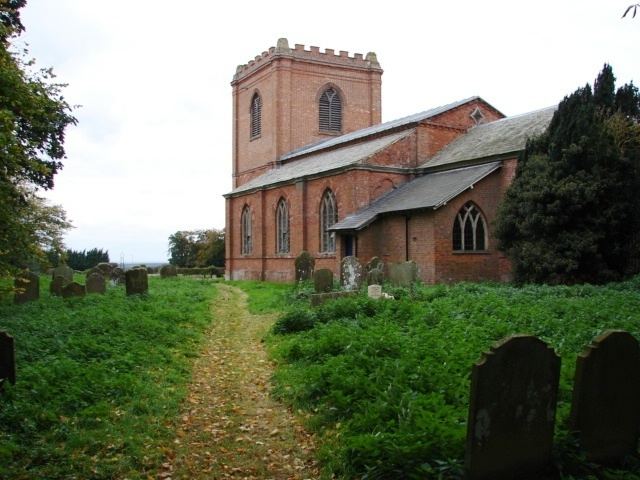OS grid reference TF222741 Post town Horncastle | Sovereign state United Kingdom Local time Tuesday 1:37 PM | |
 | ||
Population 223 (Including Great Sturton 2011) Weather 7°C, Wind W at 26 km/h, 72% Humidity | ||
Philip baumber contracting s rig john deere with 18 row hyd fold vicon beet drill
Baumber is a village and civil parish in the East Lindsey district of Lincolnshire, England. It is situated approximately 4 miles (6 km) north-west from Horncastle, and at the junction of the B1225 and the A158 roads.
Contents
- Philip baumber contracting s rig john deere with 18 row hyd fold vicon beet drill
- Map of Baumber Horncastle UK
- History
- Community
- References
Map of Baumber, Horncastle, UK
History
The Grade I listed parish church is dedicated to Saint Swithin. Built in stone, it was encased in brick in 1758, and restored in 1892. The lower part of the tower and two doorways are Norman. A lead coffin found in the churchyard is included in a list of Roman coffins found in or near Horncastle. Under the chancel of the church is the Newcastle family vault, which was their place of burial until 1820, prior to the disposal of their Baumber estates. There are church inscriptions to Francis, the grandson of Henry Clinton, Earl of Lincoln, who died in 1681, and Priscilla his wife who died in 1679. An incised stone slab to John Ealand, 1863 or 1873, and his two wives lies against the west wall of the north aisle.
The manor of Baumber was held by Thomas Dighton, whose daughter and heiress married Edward Clinton, 2nd son of the first earl of Lincoln. On failure of an heir in the elder branch, the earldom devolved to the son of this Edward, whose successors obtained the Dukedom of Newcastle. The estate continued in the possession of the family until it was sold to Thomas Livesey of Blackburn, Lancashire in 1810.
The manor and estate was centred on Stourton Hall ( 53.2630, -0.1762 ), built in 1810 by Joseph Livesey It was later rebuilt and enlarged with Ancaster Stone, but was demolished in 1955. Livesey's descendents held the manor into the 20th century.
A Wesleyan chapel was built at Baumber in 1844.
In the 19th century the parish had repute for its racing stables, at which the 1875 Derby winner Galopin was bred.
Community
According to the 2001 Census Baumber had a population of 168.
The village public house, the Red Lion on Lincoln Road, is currently closed – it has closed and re-opened regularly since the late 1990s. Baumber Primary School has also closed due to demographic decline.
Baumber has Lincolnshire's most intact brick kiln, a Grade IIlisted structure. The kiln, renovated in the 1990s, lies on private land on the western side of the village, with its former brick clay pits now used as fishing lakes. Both lie on land once part of Brickyard Farm, Lincoln Road. There is no public right of access to the kiln.
